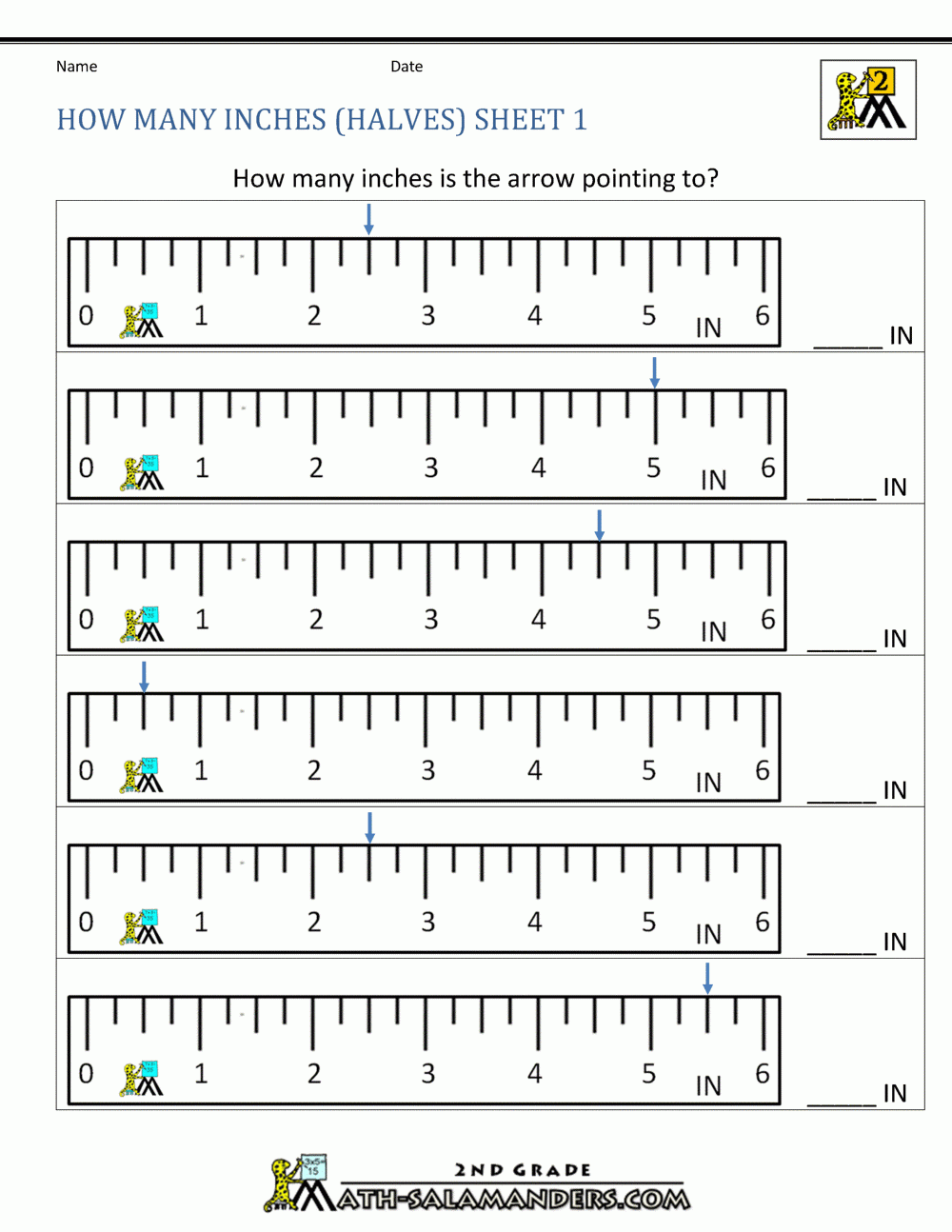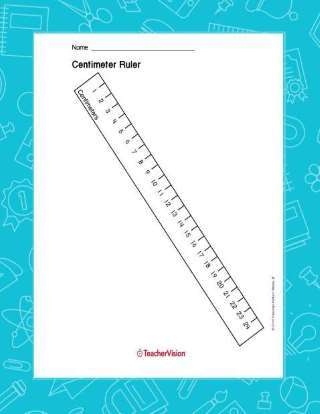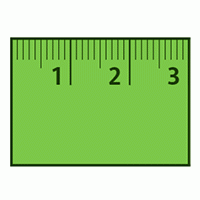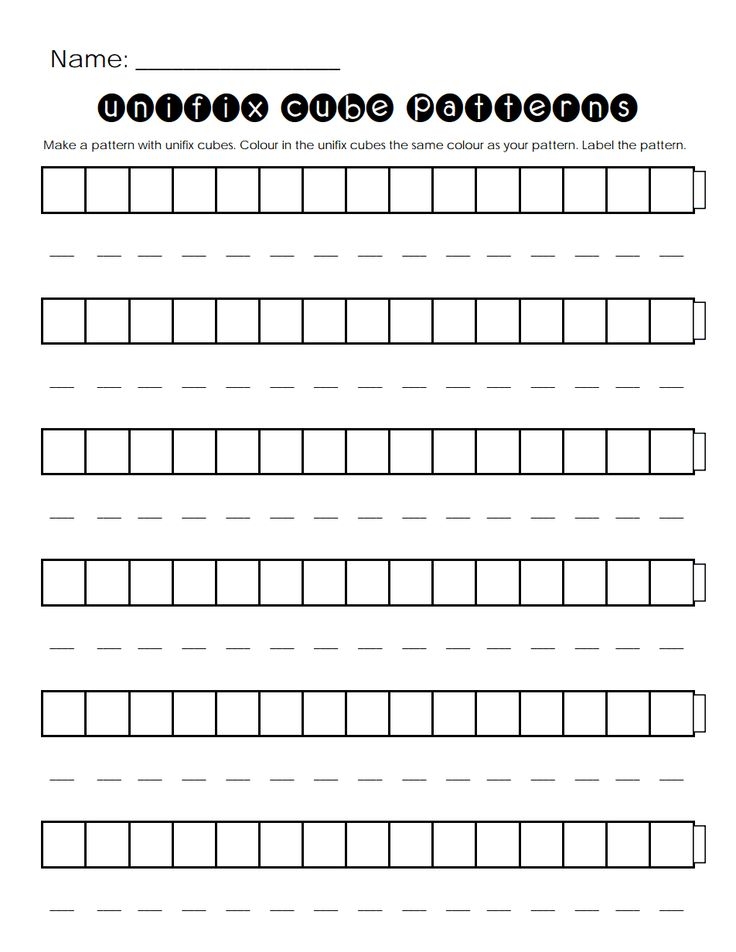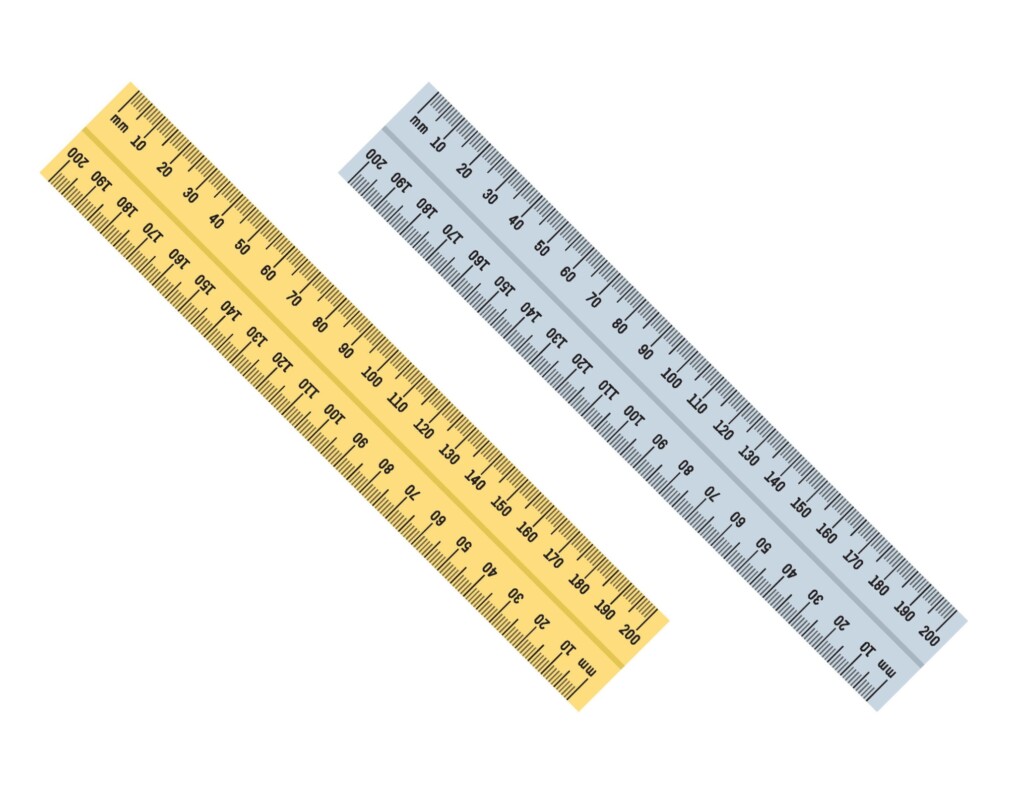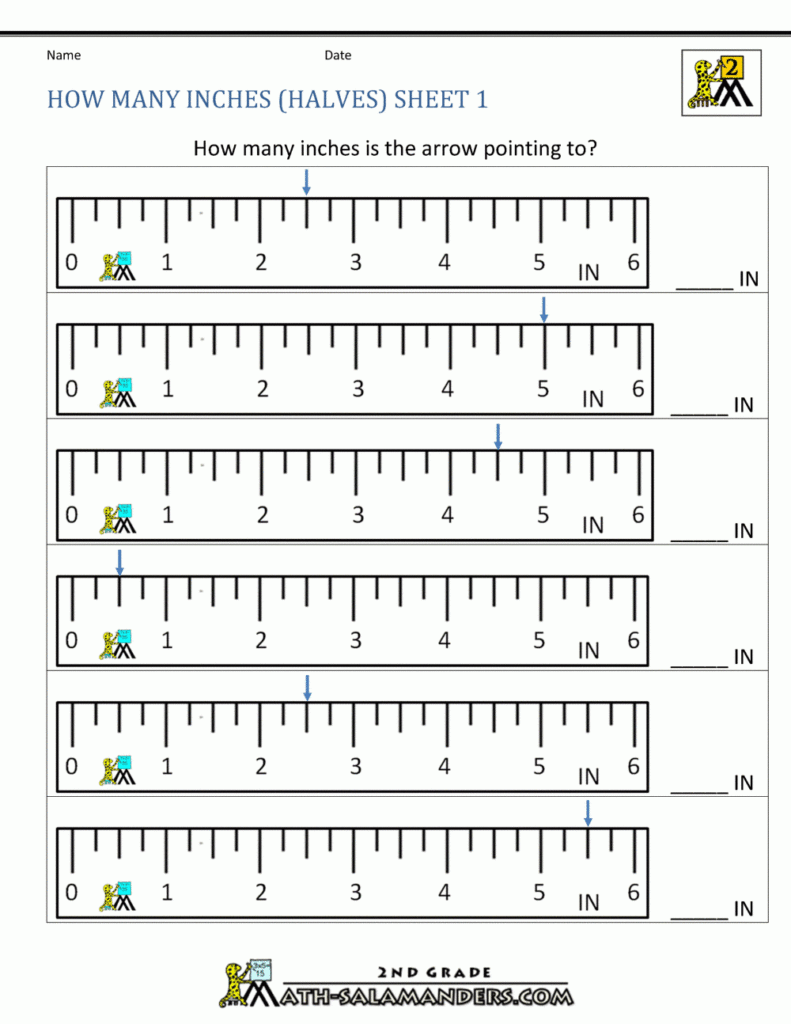When it comes to learning measurement in 2nd grade, using a 10 centimeter ruler can be a valuable tool for students. Not only does it provide a hands-on way to understand the concept of length, but it also helps develop important math skills that will be used throughout their academic career. By using a 10 centimeter ruler, students can practice measuring objects accurately and learn how to read measurements in centimeters.
Printable 10 centimeter rulers are a great resource for teachers and parents looking to supplement their child’s learning at home. By providing a printable ruler, students can practice measuring objects independently and reinforce the skills they are learning in the classroom. These printable rulers are also a convenient option for teachers who may not have access to enough physical rulers for all of their students.
How to Use a 10 Centimeter Ruler in 2nd Grade
When introducing a 10 centimeter ruler to 2nd grade students, it is important to start with the basics. Begin by explaining what a centimeter is and how it relates to other units of measurement. Show students how to line up the beginning of the ruler with the edge of an object and read the measurement where the object ends. Encourage students to practice measuring various objects around the classroom or at home to reinforce their understanding.
Using a printable 10 centimeter ruler can make practicing measurement skills even more engaging for students. Teachers and parents can create fun activities that involve measuring objects of different sizes and shapes, such as pencils, books, or even their own hands. By incorporating measurement practice into everyday activities, students can develop a strong foundation in math that will serve them well in the years to come.
In Conclusion
Overall, using a 10 centimeter ruler in 2nd grade is a valuable tool for teaching measurement skills and developing math proficiency. Whether using a physical ruler in the classroom or a printable ruler at home, students can benefit from hands-on practice and reinforcement of their learning. By incorporating measurement activities into their daily routine, students can gain confidence in their math abilities and build a strong foundation for future success.
